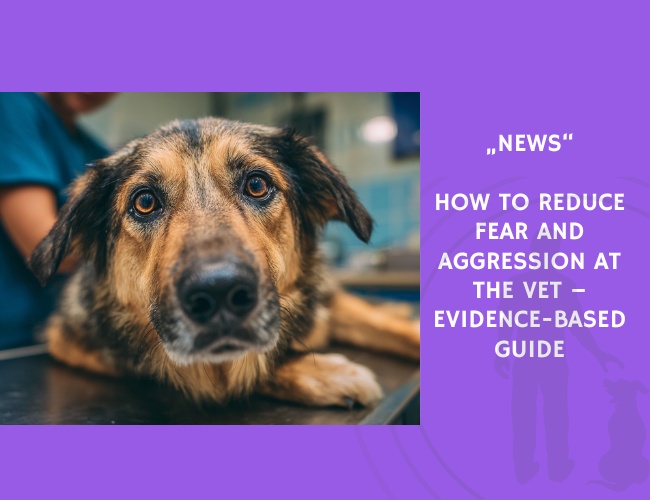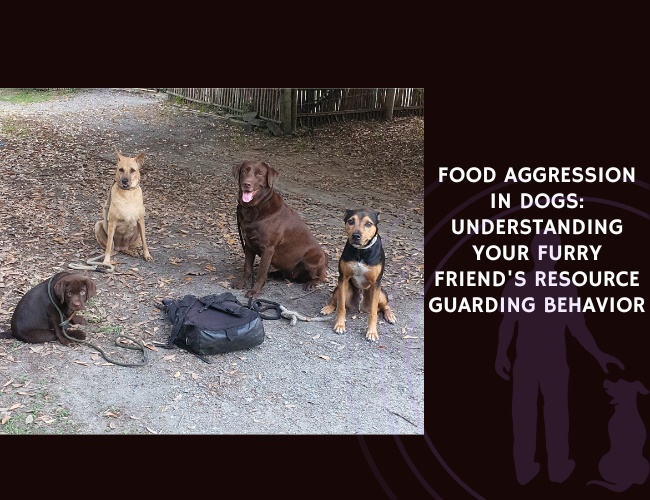Fear at the vet isn’t just a nuisance—it can lead to trauma, aggression, and broken trust. This study explores powerful ways to transform veterinary visits into safe, stress-free experiences for your dog.
Does your dog tremble or resist during vet visits? You’re not alone. A significant proportion of dogs and cats experience fear—and sometimes escalate into defensive aggression—during veterinary care. But there’s hope. Science now supports concrete steps to prevent, reduce, and even reverse this stress.
In their extensive review, Riemer et al. (2020) outline strategies that enhance animal welfare while improving safety for all involved. Their key recommendations include:
- Non-threatening body language and minimal restraint
- Generous use of high-value food (unless fasting is required)
- Using cognitive and tactile distractions to reduce perceived pain
- Offering pre-visit anxiolytics or sedation when appropriate
- Implementing desensitisation and counterconditioning protocols as long-term solutions
Creating positive emotional associations during veterinary care isn’t just good practice—it’s essential to preserving your dog’s trust and emotional stability. From adjusting waiting room layouts to applying topical analgesics for painful procedures, every detail counts.
The invisible cost of a traumatic vet visit is real—and preventable. A calmer dog is not only safer but also more resilient. Training, handling, medication, and compassion must go hand in hand.










